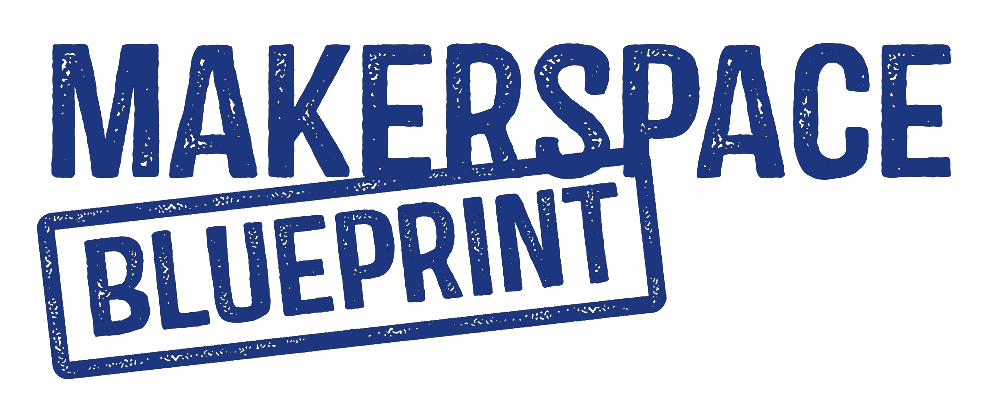MAKE SURE THE CITY CAN’T SHUT YOU DOWN – Zoning and City Codes
Dealing with the city where your makerspace is located in can be a scary thought.
But you need to be in compliance with zoning and building codes to ensure your future. Trust me I know.
After a surprise inspection we found ourselves on the wrong end of a few city codes. Now we know,
A little bit of planning ahead will ensure you don’t have issues with the city.
There are thousands of issues you could have but here I will try to provide the big ones to avoid.
Zoning. Initially we just fine in our commercial warehouse zoned for light industrial. Then one day the city came in to do a walk thru and realized we teach classes. At that moment the city decided we were a trade school and needed to file for a Minor Conditional Use Permit.
We were lucky that “Trade School” was a permitted use in the area we were located. So we paid the $3,500 fee and submitted the detailed application. We got lucky.
Google “your city zoning map” to find a zoning map of your city. Then do a search for “your city zoning regulations”. These should provide you with official city documents that will layout all the rules. It will still requires some interpretation on your part but once yo have a good idea and some understanding you can go to city hall for clarification.
Building codes are extensive and each state may have adopted more strict standards. I always start with the International Building Codes then find state and then city codes. You can find all the International Building codes here along with Fire, Electrical, ADA, and most other major building codes.
Here are a few of the main take aways…
Fire Sprinklers – Always try to find a location that has fire sprinklers. This just makes life so much easier. Otherwise there are serious restrictions as to what you can do under roof particularly when it comes to wood shops.
Occupancies. This is the big one in my opinion. In laymen’s terms, occupancies are departments. The building codes rate each occupancy based on hazard and risk. Based on those rating, different occupancies may need to be separated with fireproof walls or no separation may be required at all.
This intuitively makes sense in that you would place a wood shop near the blacksmithing furnaces.
Before you commence operations in a space you are required to get an Occupancy Permit. This mean you have prepared layout drawings for approval, have installed all the equipment you need, run electrical, added the walls, etc… (you did get the required permits right?) and are ready for the city to do a final walk thru.
Once the walk thru is complete and you have met all the requirements, a certificate of occupancy will be issued and you can commence operations.
As you can imagine this all takes time so you want to plan it out well ahead of time and be ready as fast as possible. Everyday that you are paying rent and not providing services is cash out of your pocket.
I hope this post provided some insights in dealing with city planners and the risk it can pose to your space if found to be out of compliance.
The Makerspace Blueprint team can help with makerspace planning, site selection, and facility design on a contract basis. We have been through this before and can guide you to setup your space correctly the first time or to get back in compliance if needed.
Go to www.MakerspaceBlueprint.com for more info or click the button below to schedule a free 1-hour consultation call now.

Recent Comments